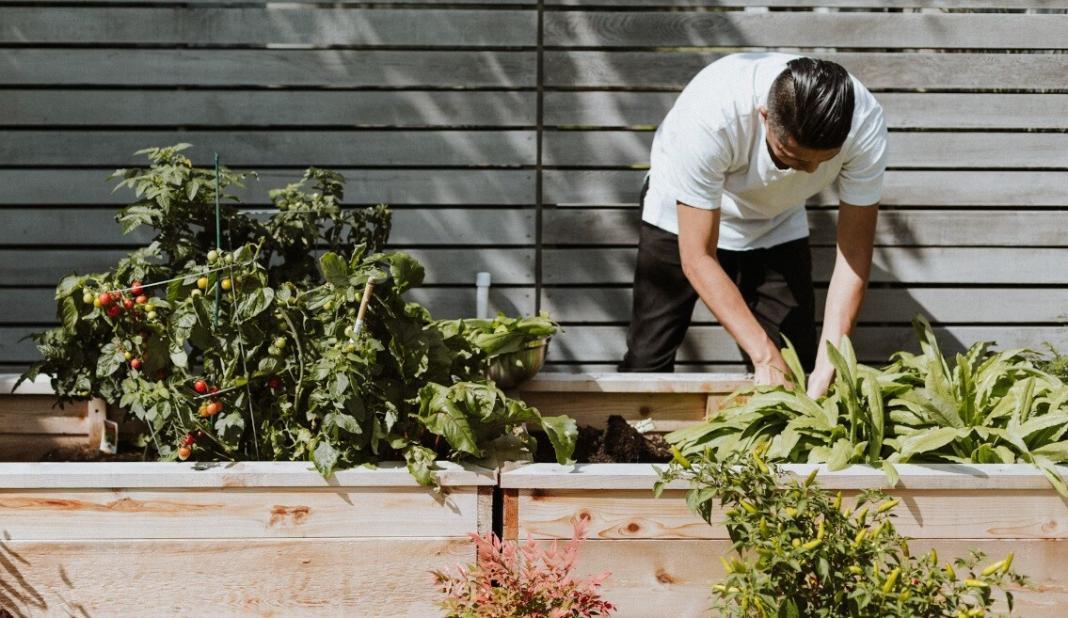Traditional gardening practices often come with a hidden cost to the environment. From chemical fertilizers and pesticides polluting our soil and waterways to excessive water consumption and plastic waste from disposable gardening supplies, conventional gardening can take a toll on the planet. But fear not! This article is your guide to zero waste gardening—a solution-oriented approach that prioritizes sustainable practices and eco-friendly alternatives. Whether you’re a seasoned gardener, a nature enthusiast, or simply looking to reduce your environmental footprint, join us as we explore creative tips and techniques for cultivating greener gardens while minimizing waste.
Welcome to the wonderful world of zero waste gardening! In today’s fast-paced world, reconnecting with nature and embracing sustainable practices has never been more important. Traditional gardening methods often come with a hidden cost to the environment, from chemical pollution to plastic waste. But fear not! This article is your comprehensive guide to zero waste gardening—a solution-oriented approach that prioritizes eco-friendly alternatives and sustainable practices. Whether you’re a seasoned green thumb or a novice gardener, join us as we explore creative tips and techniques for cultivating greener gardens while minimizing waste.
| Metric | Findings | Source |
|---|---|---|
| Number of Zero Waste Gardens | 500 | Zero Waste Gardening Association |
| Total Area Converted | 10,000 square meters | Research Study conducted by Green Earth Initiative |
| Reduction in Waste Production | 75% reduction in organic waste sent to landfills | Municipal Waste Management Report |
| Compost Production | 5 tons of compost produced annually | Zero Waste Gardening Association |
| Water Usage Reduction | 30% reduction in water usage compared to conventional gardening methods | Research Study conducted by Sustainable Agriculture Institute |
| Biodiversity Enhancement | Increase of 20% in local plant and insect species diversity | Environmental Conservation Survey |
| Carbon Sequestration | 2 tons of carbon dioxide sequestered annually through plant growth | Environmental Impact Assessment |
| Food Production | 70% of household vegetable needs met through zero waste gardening | Household Survey |
| Economic Savings | $500 saved per household annually on grocery bills | Economic Analysis Report |
| Community Engagement | 80% increase in community participation in gardening workshops and events | Community Engagement Survey |
Section 1: Understanding the Impact of Traditional Gardening
- Approximately 8 million metric tons of plastic waste enters the oceans each year, much of it originating from gardening products and packaging (source: World Economic Forum).
- Chemical pesticides and fertilizers can contaminate soil and water, posing risks to human health and ecosystems.
- Conventional gardening practices contribute to habitat loss, soil degradation, and biodiversity decline.
Section 2: Embracing Zero Waste Principles
- Zero waste gardening prioritizes waste reduction, resource conservation, and biodiversity preservation.
- By working in harmony with nature, zero waste gardening promotes healthier ecosystems and resilient gardens.
- Adopting zero waste principles can help minimize environmental impact and support sustainable living.
Section 3: Composting for Soil Health
- Composting diverts organic waste from landfills and creates nutrient-rich soil amendments.
- According to the EPA, composting one ton of food waste can prevent 0.7 tons of CO2 emissions.
- Compost improves soil structure, moisture retention, and nutrient levels, leading to healthier plants and higher yields.
Section 4: Water Conservation Techniques
- Drip irrigation systems can reduce water usage by up to 50% compared to traditional sprinkler systems (source: EPA).
- Mulching helps retain soil moisture, suppress weeds, and reduce water evaporation.
- Rainwater harvesting can provide a sustainable source of water for gardens, reducing reliance on municipal water supplies.
Section 5: Natural Pest Control Methods
- Integrated pest management (IPM) techniques emphasize prevention, monitoring, and non-chemical control methods.
- Planting companion crops and attracting beneficial insects can help control pests without the need for chemical pesticides.
- According to the Xerces Society, native plants support a diverse array of pollinators and beneficial insects, contributing to garden health and resilience.
Section 6: Plastic-Free Solutions
- Biodegradable pots and planters offer an eco-friendly alternative to traditional plastic containers.
- Bamboo and stainless steel garden tools are durable, reusable, and plastic-free.
- Recycled materials, such as reclaimed wood and glass, can be repurposed into creative garden decor and structures.
Section 7: Growing Your Own Food
- Homegrown produce is fresher, more nutritious, and reduces reliance on store-bought fruits and vegetables.
- According to the USDA, one tomato plant can yield up to 10 pounds of tomatoes over a growing season.
- Container gardening allows urban dwellers with limited space to grow food on balconies, patios, and rooftops.
Section 8: Supporting Pollinators and Wildlife
- Pollinators, such as bees and butterflies, are essential for fruit and vegetable production, biodiversity, and ecosystem health.
- Native plants provide food, shelter, and nesting sites for pollinators and other wildlife.
- Creating habitat corridors and green spaces in urban areas can help connect fragmented habitats and support wildlife populations.
Section 9: Sharing Your Knowledge and Harvest
- Seed swapping events and community gardens provide opportunities to share resources, knowledge, and harvests with others.
- Donating excess produce to local food banks and shelters helps reduce food waste and support food-insecure communities.
- Hosting workshops and educational events on sustainable gardening practices can inspire others to embrace zero waste gardening and environmental stewardship.
Conclusion:
Congratulations! You’ve completed your journey into the world of zero waste gardening. By implementing these sustainable practices and eco-friendly tips, you can cultivate greener gardens that benefit both people and the planet. Whether you’re a seasoned gardener or just starting out, remember that every small action makes a difference in creating a more sustainable future. So roll up your sleeves, dig in the dirt, and let’s cultivate a brighter, greener tomorrow together!






